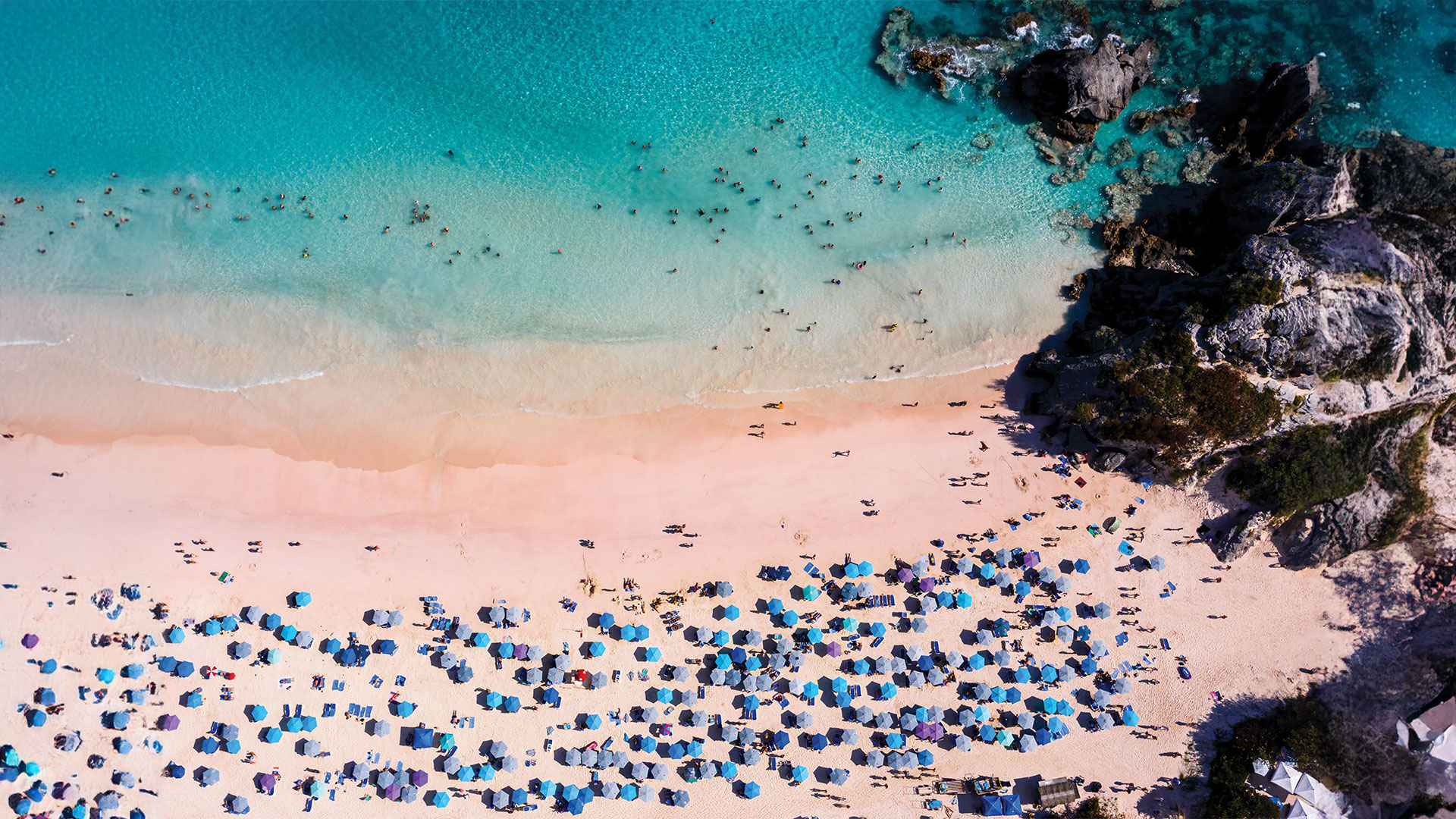
Bermuda Bounties: The many charms of this British territory extend from pink beaches to pastel cottages
Bermuda is just a two-hour flight from the East Coast of the United States but has the feel of being worlds away. A hugely prosperous British Overseas Territory, this tiny island retains an old-world charm that never fails to beguile visitors.
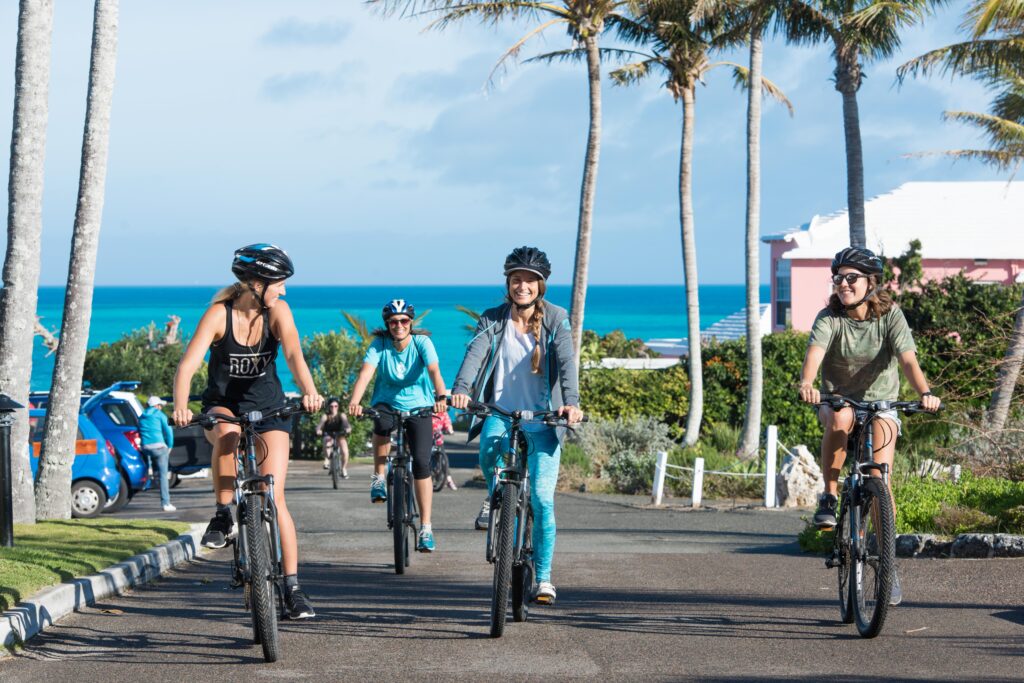
Its quaint colonial architecture, lush green golf courses, pastel cottages, manicured gardens, pink oleander hedgerows, pink-sand beaches and pristine waters are all integral to its undoubted appeal. The famous Bermuda shorts worn by business people are another notable part of the relaxed ambience, made possible by a favourable year-round climate that adds to the good vibes. Its diverse range of healthy vegetation and bushes, trees and ornamental plants elicits visual as well as psychological benefits.
Atlantic gem
Bermuda was formed by volcanic activity millions of years ago, and it was at the dawn of the 16th century that Spanish sailor Juan de Bermúdez declared himself to be its discoverer – a fact backed up by early maps of the islands drawn by the Spanish. However, the uninhabited archipelago of about 180 islands had little to offer the Spanish, and it was left to the British a century later to lay their claim.
“Bermuda is a real gem in the Atlantic, steeped in history dating back to early British exploration and vital in the American War of Independence. Now it is a bustling place … [with] incredible beaches and weather,” says a spokesperson for the Friends of the British Overseas Territories (Fotbot), an organisation dedicated to raising awareness of the UK’s 14 sovereign outposts.
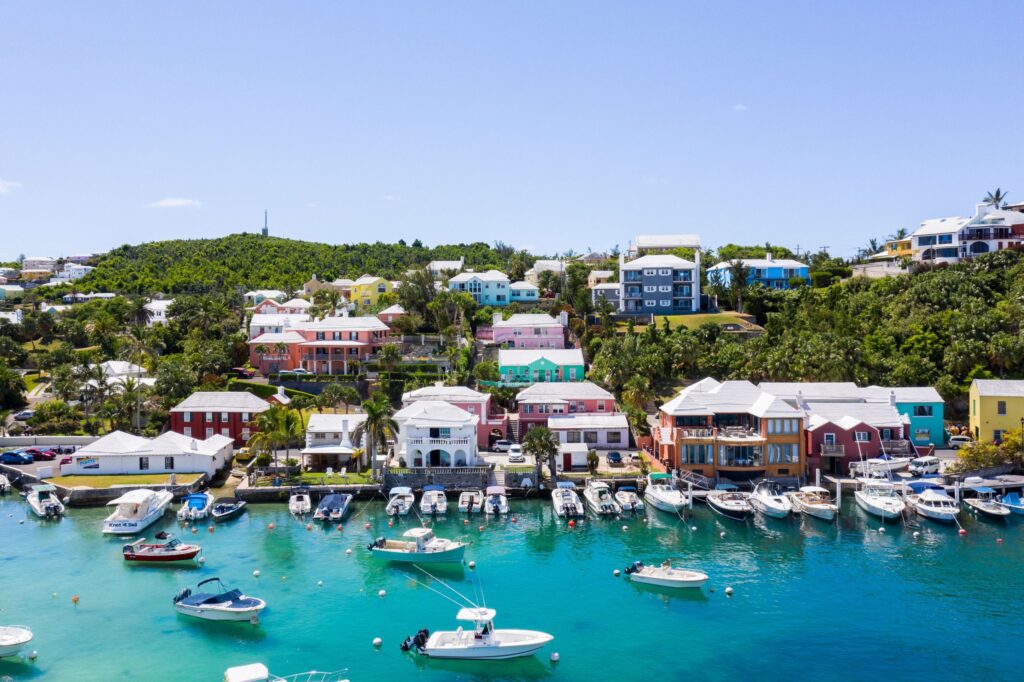
Mainly linked by road, Bermuda’s total land area of about 54 square kilometres is home to some 63,000 people of mainly African, British and Portuguese descent. Luxurious hotels, cottage colonies and flower-filled guesthouses are a magnet for tourists seeking sanctuary. The island is especially known for its amazing beaches where sand and sea come together in pink and blue crescents.
Backed by a scenic coastal park and hiking trail, Horseshoe Bay Beach is the perfect place to swim, play and soak up the sun.
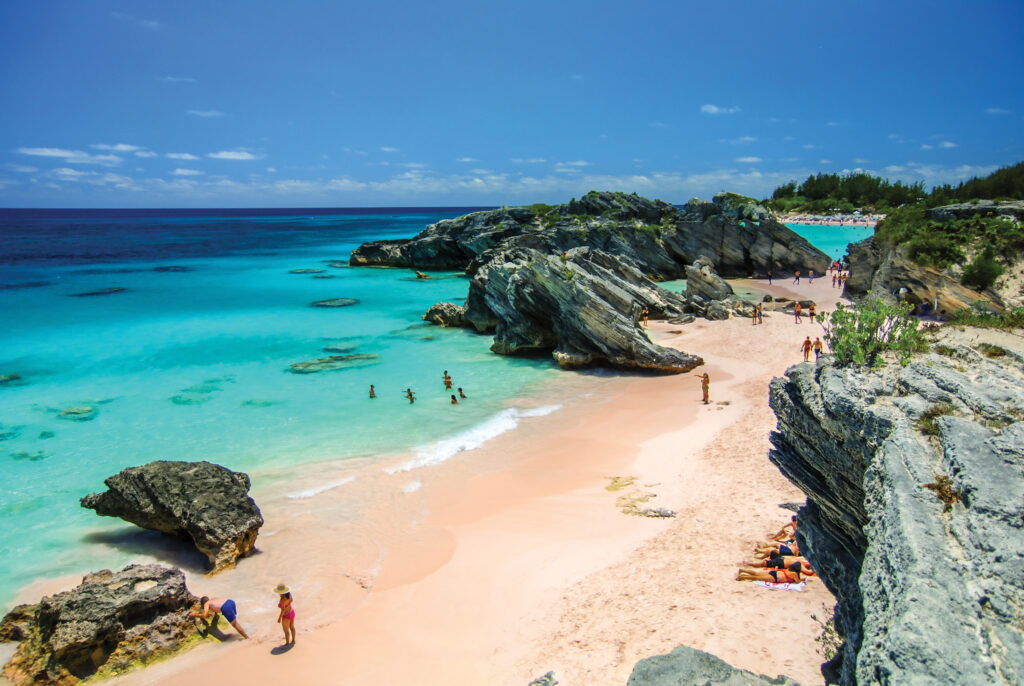
The rosy sand is lapped by waters which fluctuate from crystal-clear to turquoise to cobalt blue. There is an on-site bar and restaurant and beach rental facilities, and the annual Bermuda Sandcastle Competition is held here in late summer.
Horseshoe is just one of a slew of beaches that stretch along the central parishes of Bermuda’s South Shore. Many of the secluded coves scattered between the larger beaches also possess their own unique allure. Readily accessible from public roadways are Warwick Long Bay, John Smith’s Bay, Chaplin Bay and Stonehole Bay. Most are spacious enough to accommodate every kind of beachgoer, from families to adventure-seeking water sports enthusiasts. It is common for visitors to rent or charter a boat for a blissful tour of the archipelago’s coves, lagoons and islets.
Nightlife and wildlife

Many of the hotels along the South Shore have their own private beach, though the public can access some stretches at low tide without fear of trespassing. Nightlife often spills out from the bars to the beaches, with concerts and beach parties a regular occurrence, especially during the summer months.
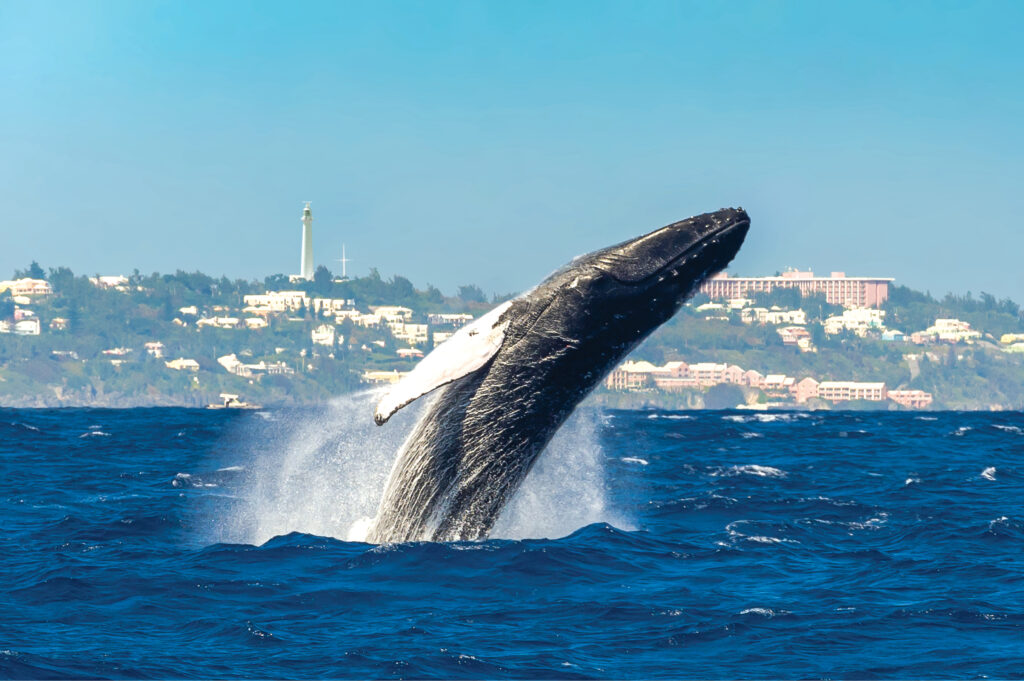
On a clear day in spring, it is often possible to see humpback whales from the aptly named West Whale Bay as the huge yet graceful mammals power their way north to summer feeding grounds. Booking a boat trip to witness their awe-inspiring passage is also an option. From May to October, a rather different natural sight occurs – bioluminescent glow-worms lighting up shallow waters around the island for two days after each full moon.
Wrecks and reef
With the clean, clear waters affording divers and snorkellers technicolour views of coral and marine life, underwater caves and shallow wrecks, Bermudians have traditionally been fascinated by what lies beneath the surface. There are more than 500 square kilometres of coral reef teeming with marine life to explore, as well as several shipwrecks responsible for the island being dubbed the ‘Shipwreck Capital of the Atlantic’. One of the biggest wrecks is The Cristobal Colon, a massive Spanish cruise liner which crashed into the reef off the north shore in 1936.
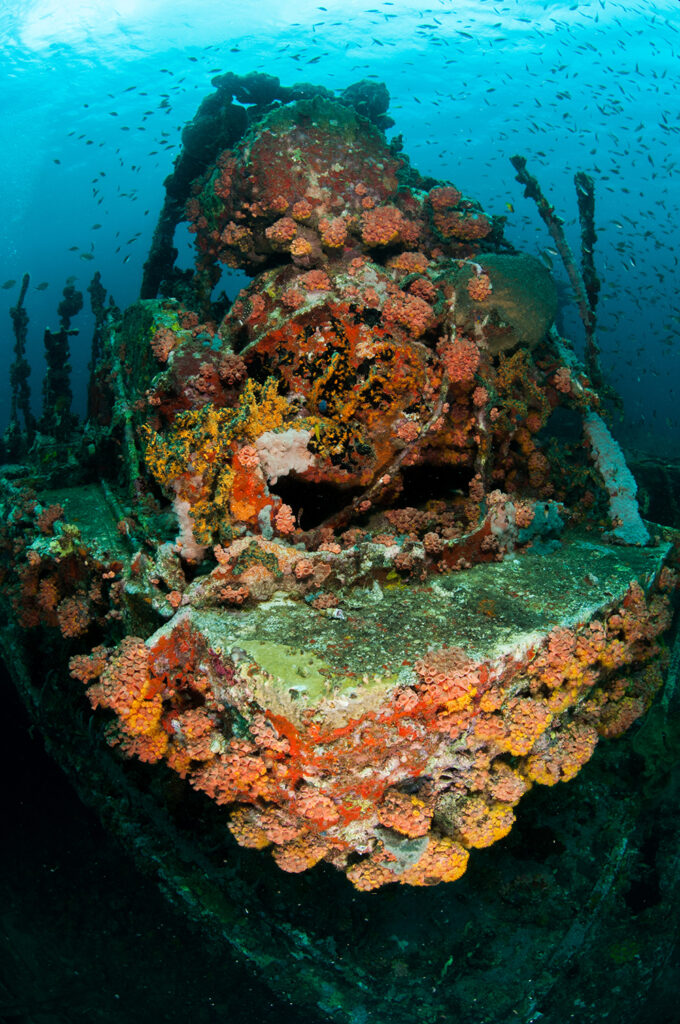
The island also forms one vertex of the infamous Bermuda Triangle, an area of the Atlantic said – erroneously – to experience a disproportionately high number of missing ships and airplanes. It is true, however, that occasional devastating tropical cyclones traverse the region from May to November.
Sporting history
Bermudians live for their sport – both water- and land-based – and golfing enthusiasts especially will be in seventh heaven. Some of the world’s best golf architects have designed magnificent courses, with pros and high-handicappers alike treated to sweeping ocean vistas and landscaping with spectacular blooms. The Mid Ocean Club course is recognised as one of the most prestigious in the world. Part of the challenge is coping with the quirky air currents that can exaggerate any slice or hook.
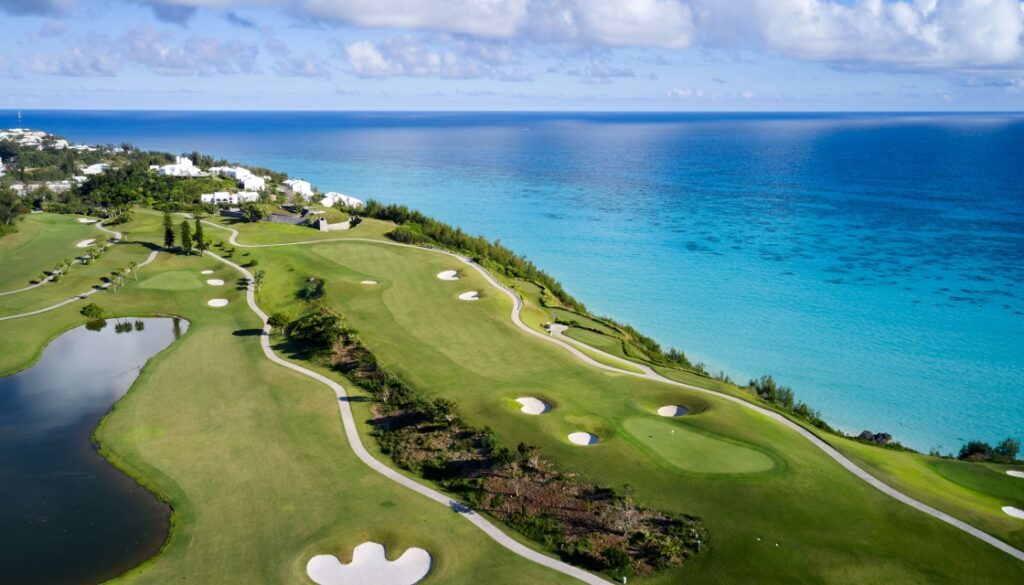
Cricket is a beloved pastime and equestrian events are also particularly prominent in the sporting calendar. Walkers, joggers and cyclists can enjoy a trail along a former railway line that extends across the island, along craggy coastline and verdant countryside.

Bermuda has its fair dose of historical attractions too, such as St George’s old town, a Unesco World Heritage Site. This is the island’s first settlement and it features the 17th-century St Peter’s Church, as well as a slew of museums and colonial buildings. Wander through alleys lined with traditional shops, pubs and cottages and soak up the laid-back Bermudian vibe. The Lili Bermuda Perfumery and gardens are a fragrant draw.
Local colour
The capital Hamilton, a city filled with parks and quaint back alleys, is also great for walking tours. Climb the tower at the Gothic-style Cathedral of the Most Holy Trinity to marvel at the charming pastel houses, many built from limestone with distinctive white stepped roofs that allow Bermudians to collect and store rainwater.
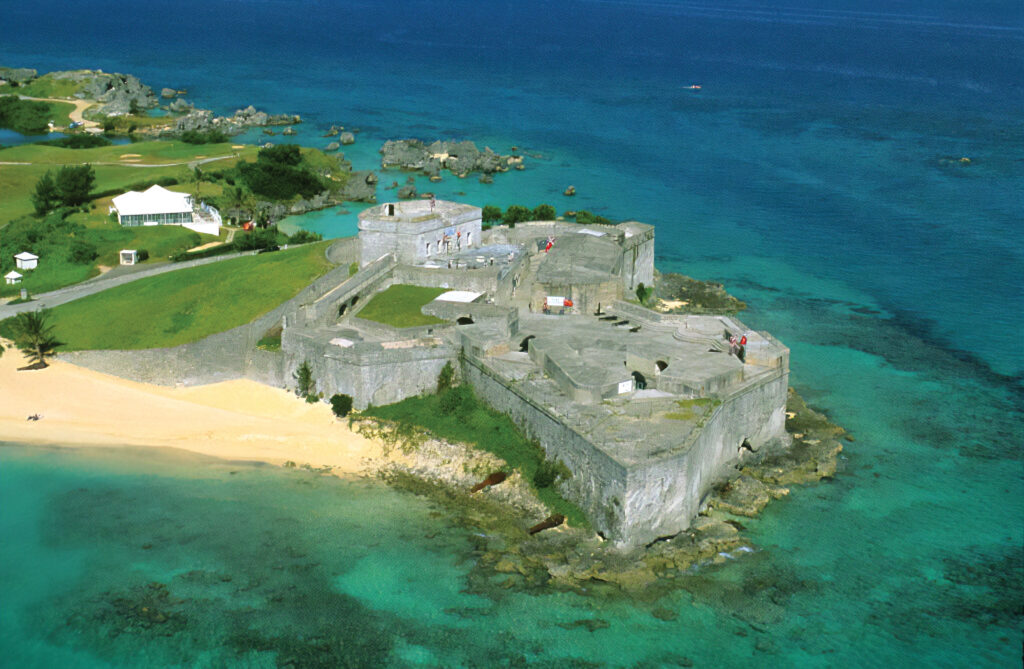
Hamilton also offers Bermuda’s largest and most fashionable collection of shops, many located in bustling Front Street, and the lack of a sales tax is incentive enough to splurge on quality clothing, jewellery and other treats. Front Street is also where the popular Port O Call is located, offering a menu based on fresh fish, Angus steak and local produce. On Fridays, the bar and patio turn into a happy-hour hotspot.
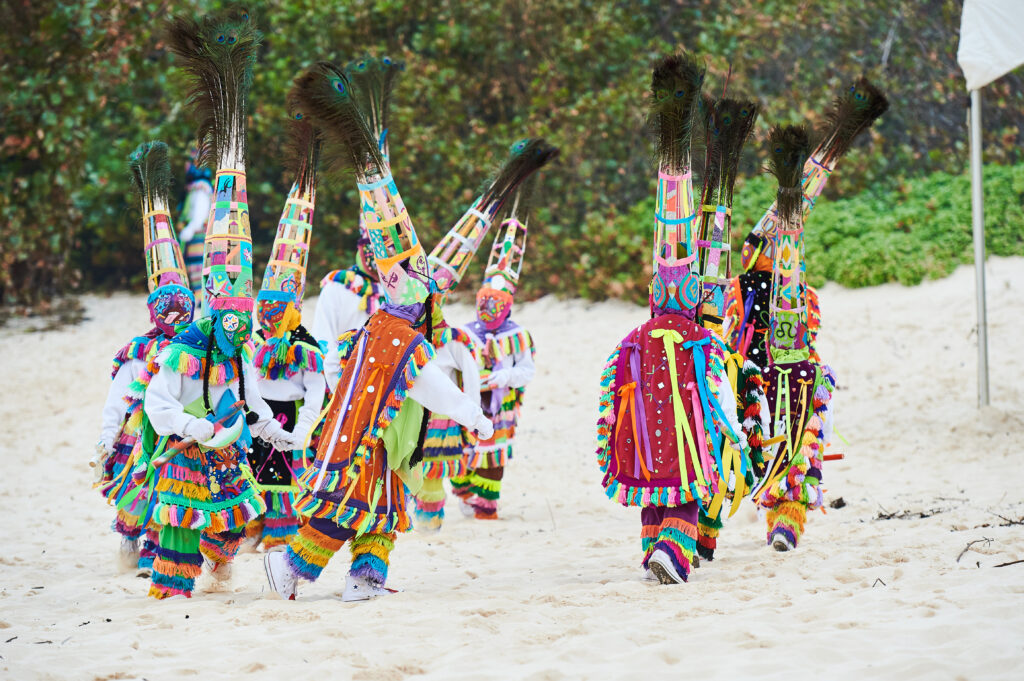
Bermudians are partial to shark hash – minced shark meat sautéed with spices and often served on toast – and codfish cakes, made of salted cod mashed with cooked potatoes, fresh thyme and parsley, and then shaped into patties and pan-fried. Bananas baked in rum and brown sugar are a favourite dessert, and their banana crumble is noted for being sweet and rich.
The capital is also home to the island’s best nightlife, with a good mix of wine bars, sports bars, dance clubs and live music venues to suit your mood. A rum cocktail called Dark ’n’ Stormy, mixed using Bermuda’s Goslings Rum, is a must-try.
Rhythm of life
A vibrant exhibition of food, music and dance, the island’s increasingly popular carnival takes place during the third week in June to celebrate National Heroes Day. Gombey dancing is a Bermudian cultural phenomenon; masked, traditionally exclusively male performers sway to the accompaniment of Congolese-style drums and the shrill whistle-blown commands of the troupe’s captain.
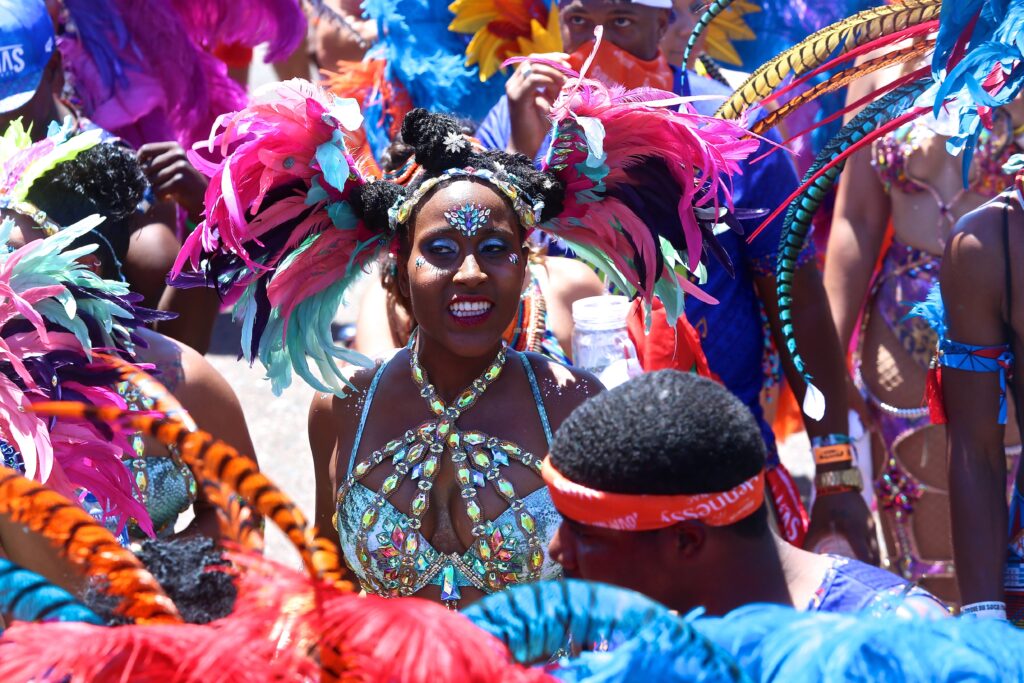
Bermuda has the fourth oldest Parliamentary building in the world and the Fotbot spokesperson highly recommends visiting this Hamilton monument. Over on the island’s West End is the Governor’s residence, which has views of the harbour towards the old Royal Naval Dockyard.
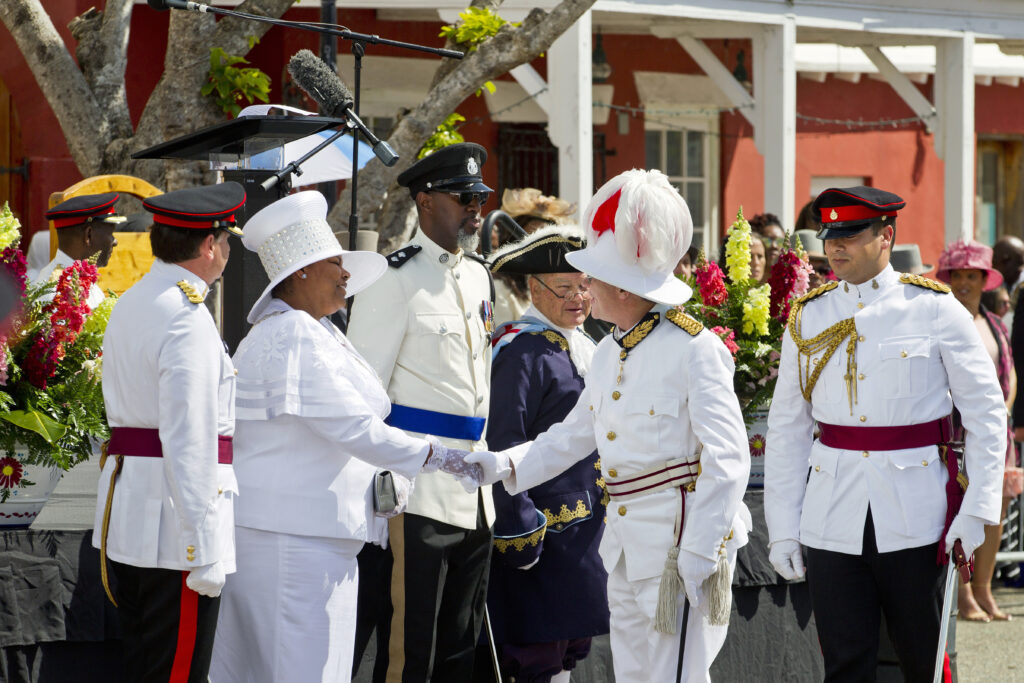
The old British fortress perched here has been turned into the National Museum of Bermuda. Its ancient cave, deep underground, is another hit for tourists in a territory melding natural beauty, laid-back charm and upscale ambience.







